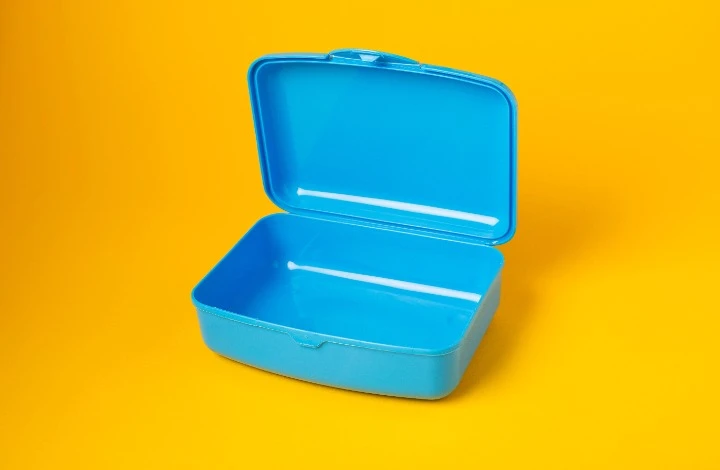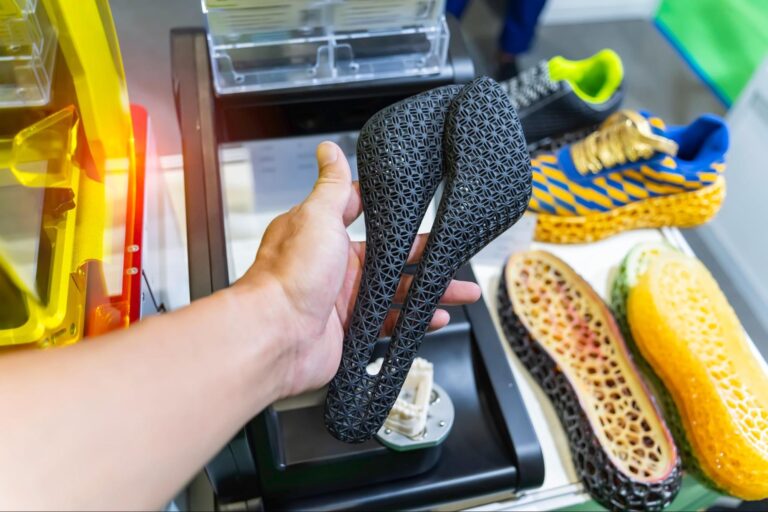Vero is a family of photopolymer materials used in PolyJet 3D printing technology. These materials are known for their high-quality, fine-detail printing capabilities and come in various colors. Here are some common applications for Vero materials in 3D printing:
Prototyping: Vero materials are often used to create prototypes of products and components during the design and development phase.
Concept Models: Designers and engineers use Vero to quickly iterate and visualize product concepts and designs in various colors.
Architectural Models: Vero is employed to create detailed architectural models and prototypes of building designs, including scaled-down structures and landscapes.
Educational Models: Educational institutions use Vero to create models for teaching various subjects, including engineering, biology, and geology.
Visual Aids: Vero materials are used to create visual aids and models for presentations and educational purposes.
Custom Parts and Components: Manufacturers use Vero to produce custom parts, components, and assemblies for various applications.
Consumer Product Prototyping: Vero is used to prototype consumer products, allowing designers to test form and function.
Medical Models: Vero is employed in the medical field to create anatomical models for surgical planning, medical training, and patient education.
Dental Models: Dentists and dental labs use Vero to produce dental models for the creation of crowns, bridges, and orthodontic appliances.
Artistic and Sculptural Projects: Artists and sculptors use Vero materials for creating intricate art pieces and sculptures that require fine detail.
Miniatures and Collectibles: Vero is used to create miniatures and collectibles for hobbies and collectible markets.
Custom Jewelry: Jewelers and artisans use Vero to create custom jewelry pieces with intricate designs and patterns.
Consumer Electronics Prototyping: It is employed to prototype casings, enclosures, and parts for consumer electronic devices.
Aerospace Models: Vero materials can be used to create detailed aerospace models for visualizing aircraft and spacecraft designs.
Automotive Prototypes: Vero is suitable for prototyping automotive parts and components, including interior features and dashboard designs.
Marketing and Advertising: Vero is used in the advertising and marketing industry to create promotional models, displays, and visual aids.
Packaging Prototypes: Vero can be used to create prototypes of packaging designs, allowing designers to assess visual appeal and functionality.
Functional Testing: In some cases, Vero prototypes can be used for functional testing, especially when high detail and a wide range of colors are required.
Vero materials offer exceptional detail, accuracy, and color options, making them suitable for applications where visual appearance and fine details are critical. These materials are often chosen when the focus is on achieving realistic and aesthetically pleasing prototypes and models.









